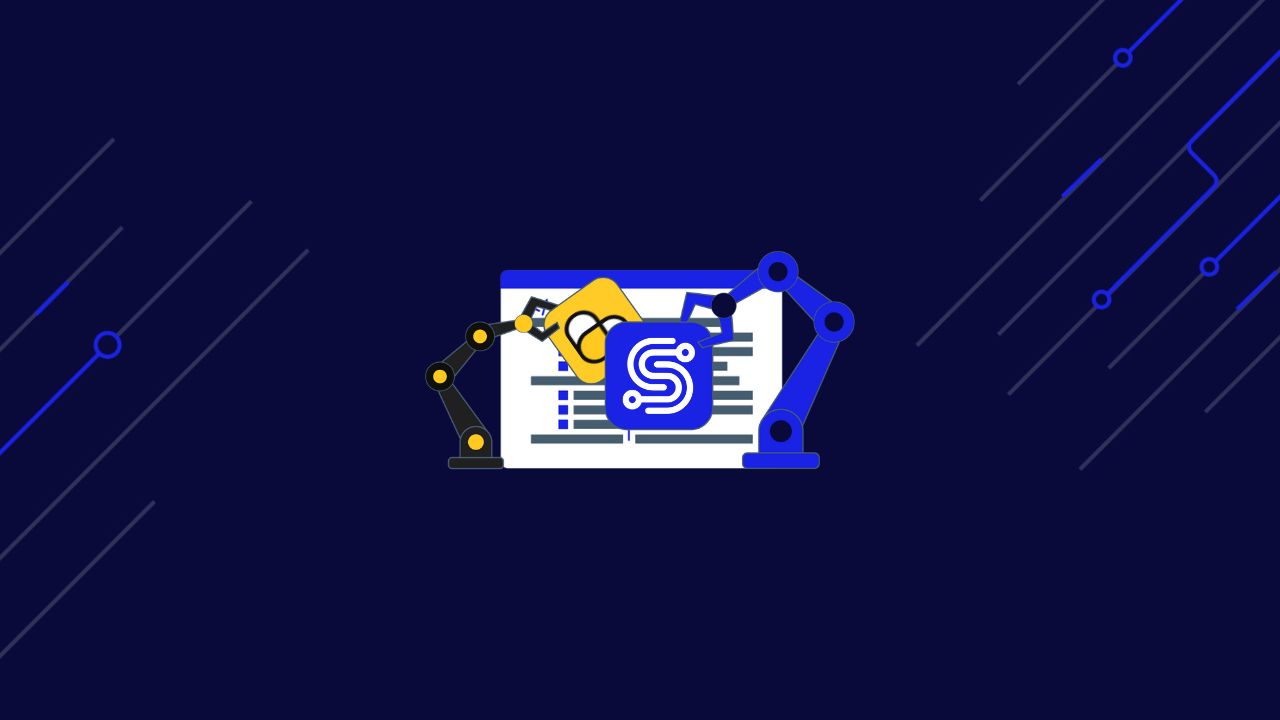With analytics-based decisions being made every day, web scraping is essential for businesses looking to stay competitive and scalable. From market research to price intelligence and lead generation, automated data extraction helps organizations make faster, smarter decisions.
However, as the demand for data grows, websites have become increasingly sophisticated in their anti-scraping techniques. To ensure continuous and high-volume data collection, you need to employ equally advanced strategies and infrastructure.
Understanding Web Scraping Challenges
Modern websites are equipped with a range of defenses designed to detect and block automated scraping tools. These barriers can significantly disrupt operations if not properly accounted for:
- Rate limiting – This restricts how often a single IP can send requests, making it harder to scale scraping quickly.
- IP banning – Sites may blacklist IPs associated with non-human behavior, rendering them useless for future requests.
- CAPTCHA barriers – Often triggered after multiple requests, these require human interaction and can halt automation workflows.
- Browser fingerprinting – By analyzing characteristics like screen resolution, plugin use, and behavior, sites can identify and block bots.
- Behavioral analysis – Some systems analyze mouse movements and click patterns to differentiate bots from humans.
These methods are growing more complex and adaptive, making it necessary for web scraping operations to be just as sophisticated. A scraper that worked last year may now be obsolete if it can’t adapt to new challenges.
The Infrastructure Foundation
Successful high-speed scraping operations depend on robust infrastructure with rotating residential proxies being key to this setup. They let scrapers spread requests over many IP addresses. This makes the traffic look like real user activity. This approach helps circumvent detection while maintaining consistent data collection volumes.
Complementing proxies, businesses often implement cloud-based infrastructure to enable elastic scaling of scraping bots. By using services like AWS, GCP, or Azure, companies can dynamically allocate compute resources based on scraping demand. Integrating containerization tools like Docker and orchestration with Kubernetes further enhances flexibility, enabling faster deployment and recovery.
Technical Implementation Strategies
Effective scraping systems typically incorporate several technical components:
- Request throttling: Controlling request frequency to mimic human browsing patterns
- Header rotation: Varying browser identification information to avoid fingerprinting
- Session management: Maintaining consistent identity parameters when needed
- Distributed architecture: Spreading scraping workloads across multiple machines
When used correctly, these techniques build a strong system. It can keep collecting data, even against smart anti-bot measures.
Balancing Speed and Stealth
The key to high-speed scraping lies in optimizing performance without triggering defensive mechanisms. While businesses may be tempted to scrape as quickly as possible, doing so increases the risk of detection. Techniques like adaptive throttling, which adjusts request frequency based on server response patterns, help maintain stealth.
Additionally, using behavioral emulation, such as random scrolls or mouse movements, can make scraping tools mimic actual user activity more convincingly. This not only helps avoid blocks but also allows access to more complex, user-interactive content.
Balancing speed and stealth also means continuously analyzing logs and response codes. A sudden increase in 403 or 429 errors is a red flag that needs investigation and possibly a shift in strategy.
Scaling Considerations
As businesses grow, their data requirements typically increase proportionally. A well-designed scraping system should account for:
- Horizontal scalability: Adding more machines to handle increased workloads.
- Proxy resource management: Efficiently utilizing available IP addresses
- Data processing pipelines: Ensuring downstream systems can handle increased data flows.
- Failure recovery: Gracefully handling temporary blocks or connection issues.
Legal and Ethical Frameworks
While discussing technical capabilities, it is crucial to operate within appropriate legal boundaries. Organizations should:
- Respect website terms of service when possible.
- Consider implementing delays to reduce server load on target sites.
- Avoid scraping personally identifiable information without proper authorization.
- Focus on publicly available data relevant to legitimate business purposes.
Looking Forward
The web scraping landscape continues to evolve through an ongoing technological arms race. Websites now use better detection methods. At the same time, scraping tools are creating smarter evasion techniques. For businesses using web data, keeping up with these changes is crucial. It helps ensure reliable data collection.
Organizations can create strong scraping systems by building good infrastructure and using smart practices. This helps them handle growing data needs and stay reliable.
By using rotating residential proxies and focusing on technical details, businesses can ensure a steady flow of data. This helps them make smart decisions in today’s competitive market.





























